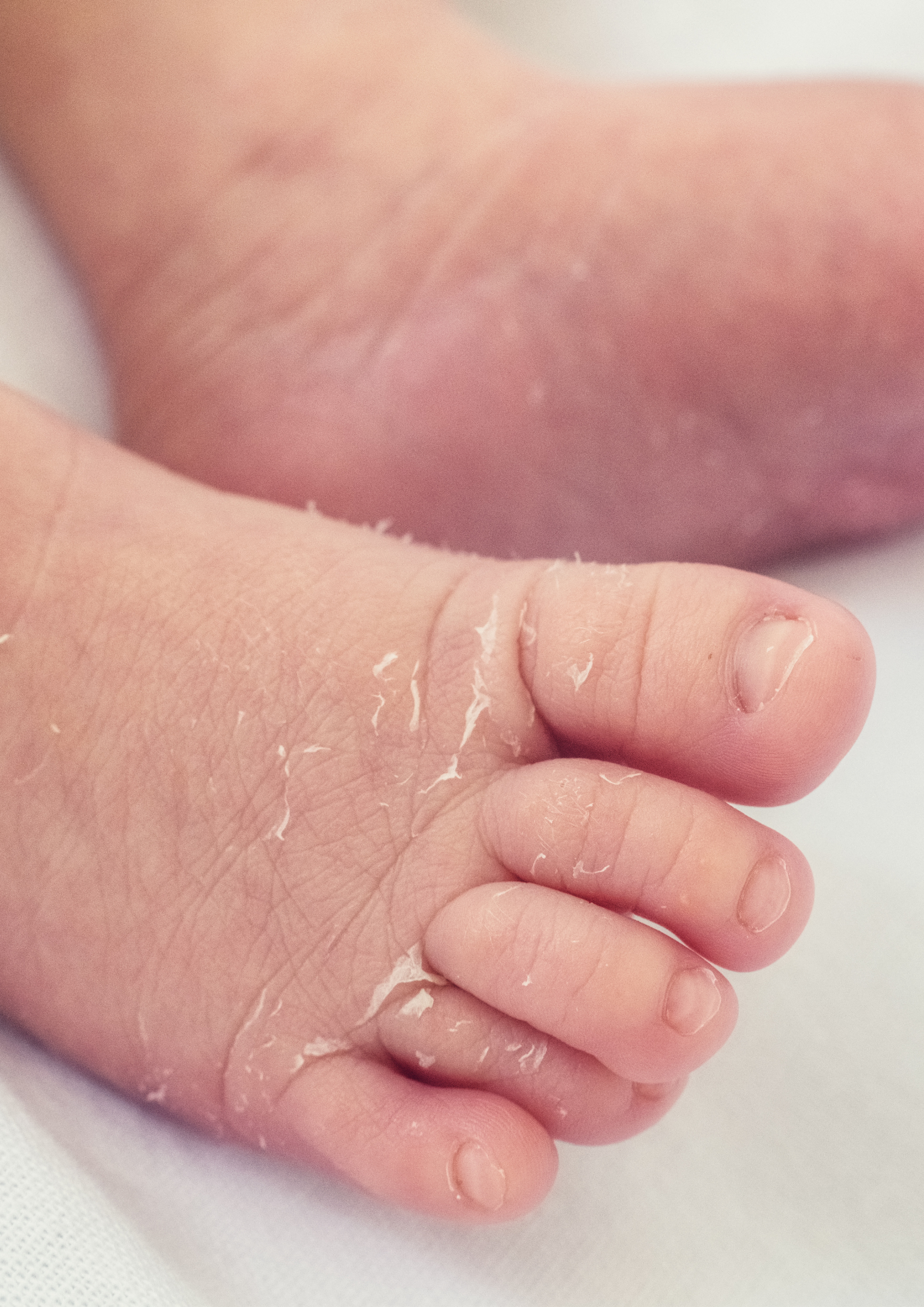
ECZEMA IN BABIES & CHILDREN
Eczema is a common condition which makes skin red, dry and itchy.
The weather, water and diet are all factors that can make eczema worse with common symptoms being cracked skin, bleeding, dryness and itching. Eczema can cause distress in babies & children where the itchiness is difficult for them to understand. To help keep your little one's eczema or dry skin conditions at bay, we've curated an edit of the best eczema products to soothe painful skin and make the day more comfortable.
What is eczema?
Eczema is a general word for dermatitis, which looks at inflammation of the skin. The most common type of eczema is called atopic eczema. ‘Atopic’ simply means sensitivity to allergens. The condition can affect people of any age, but it tends to be more common in children. Atopic conditions include eczema, hay fever, food allergies and asthma, and often run in families.
What are the symptoms of eczema?
- Very dry & sensitive skin
- Red, inflamed patches
- Areas of swelling
- Oozing of sores
- Extreme itching
Eczema can make the skin dry, cracked, sore, red and itchy. It can affect any part of the body, but in babies and children it's usually found on the hands, the inside of joints that bend (inside of elbows and back of knees), and the face and scalp.



Leave a comment
This site is protected by reCAPTCHA and the Google Privacy Policy and Terms of Service apply.